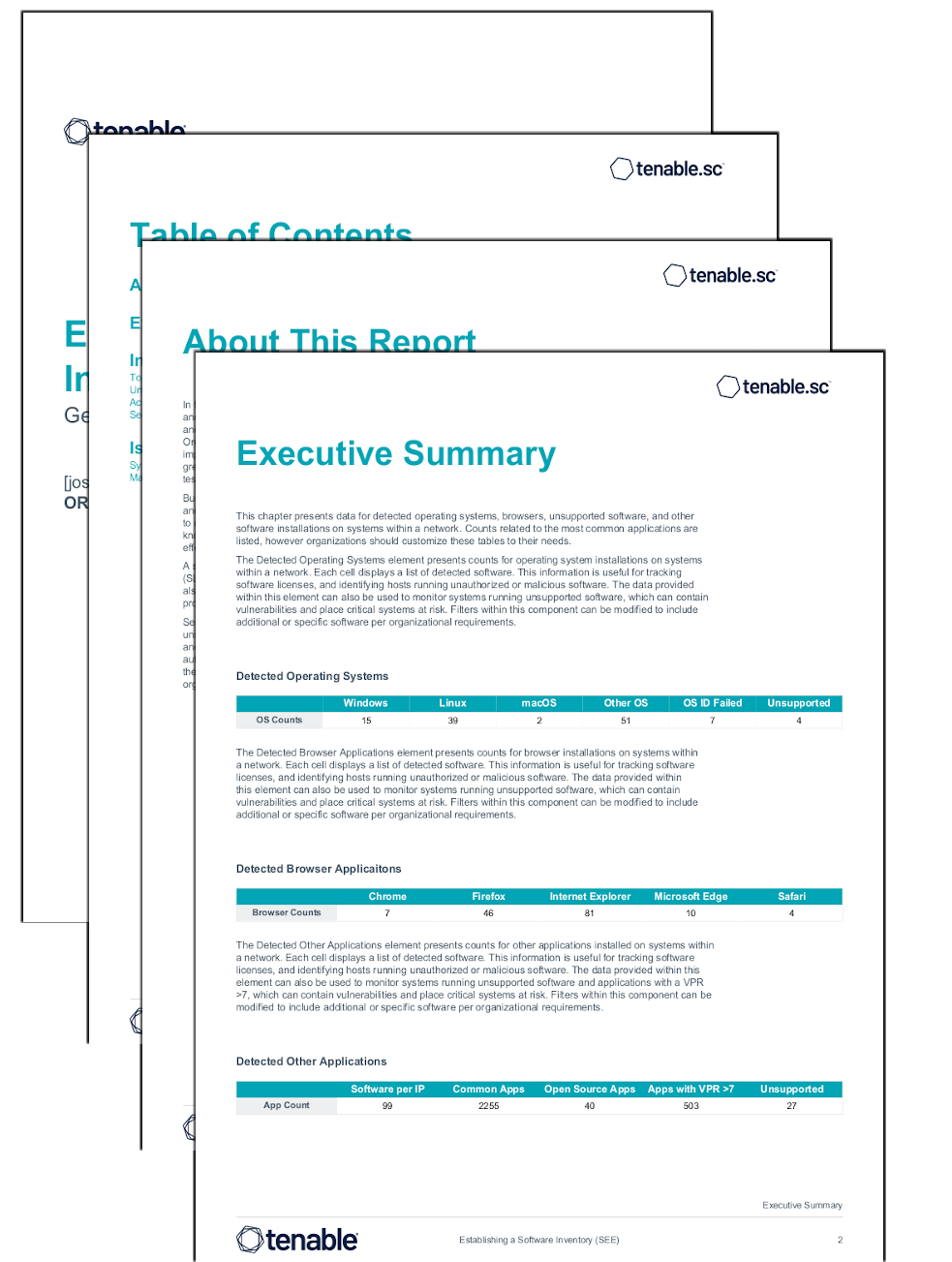by Carole Fennelly
May 27, 2022

In the event of a security breach, a software inventory is essential to determine what was breached, and who needs to be notified. First responders require a software inventory to perform forensic analysis and determine breach notification requirements for vendors, business partners, and regulatory bodies. Organizations that have a clear understanding of software in their environment can quickly assess a breach impact and identify affected areas. If legal proceedings are involved, an organized software inventory greatly assists in limiting data handed over to Law Enforcement and assists technical staff in depositions or testimony.
Business Continuity and Disaster Recovery plans specify requirements for restoration of critical assets and services, but these need to be identified to establish a Recovery Time Objective (the amount of time to recover a service to an acceptable level of operation) and Recovery Point Objective (the last point of known good data.) Developing and maintaining a software inventory is a critical first step in implementing an effective cyber security program.
A software inventory helps demonstrate compliance with regulatory controls and Service Level Agreements (SLA) for software used in the environment. From the perspective of “less is more,” a software inventory also identifies unnecessary software running in the environment, which increases the attack surface without providing a business advantage.
Security operations perform scans to identify operating system and application versions, including unsupported software and unpatched systems. This information is used to establish a secure baseline and measure drift from that baseline. A software inventory is necessary to determine if the software is authorized, appropriately licensed, supported, and has the most recent security fixes applied.
Identifying the authorized software assets is an important step to ensure critical assets are protected. The larger the organization, the more difficult the inventory process becomes. Tenable.io and Tenable.sc help organizations build a software inventory. There are several software discovery plugins that run by default in the following scan templates:
- Basic and Advanced Agent Scans
- Advanced (Network) Scan
- Basic (Network) Scan
- Credentialed Patch Audit
- Internal PCI Network Scan
Maintaining a software inventory aids in cyber hygiene and minimizes unauthorized software installation. Many organizations perform an annual audit by an external third party, where they are required to enumerate authorized software that is running in the environment. Organizations that maintain a current software inventory throughout the year can produce information required by auditors and vendors with minimal effort.
The report and its chapters are available in the Tenable.sc Feed, a comprehensive collection of dashboards, reports, assurance report cards and assets. The report can be easily located in the Tenable.sc Feed under the category Discovery and Detection.
The report requirements are:
- Tenable.sc 5.19.1
- Nessus 10.0.1
Security leaders need to SEE everything, PREDICT what matters most and ACT to address cyber risk and effectively align cybersecurity initiatives with business objectives. Tenable.io discovers and analyzes assets continuously to provide an accurate and unified view of an organization’s security posture.
Chapters
Executive Summary This chapter presents data for detected operating systems, browsers, unsupported software, and other software installations on systems within a network.
Installed Software Iteration This chapter displays software detected across the organizations systems. Software enumeration is utilized to detect Installed software.
Issues Gating Remediation This chapter displays known/identified roadblocks to completing remediation efforts.